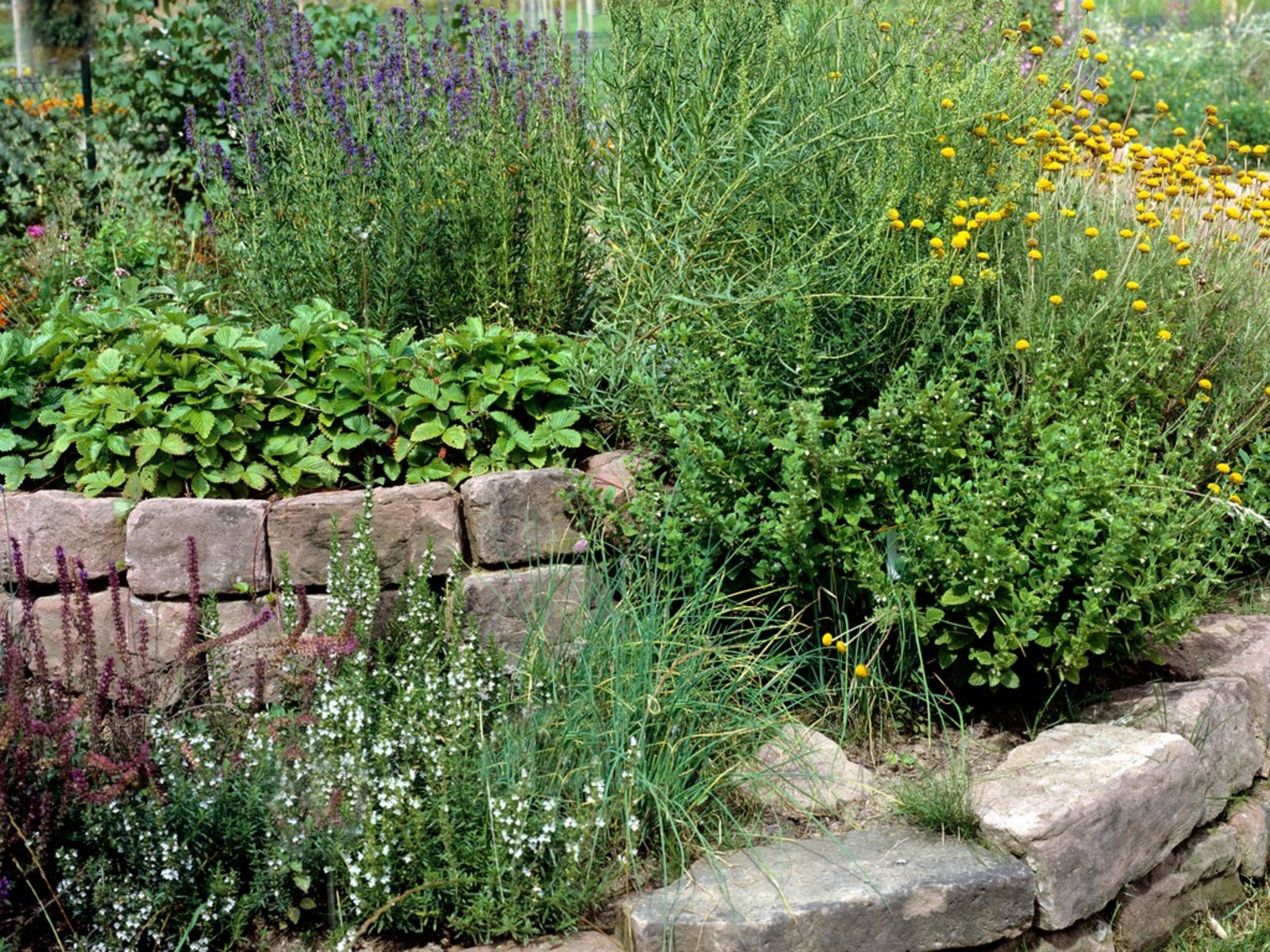Island Bed Garden Design: How To Make An Island Flower Bed


An island bed can put pizzazz into a landscape by adding color, texture, and height to the area. Let's take a look at how to make an island flower bed in the landscape.
Island Bed Garden Design
There are a number of considerations to keep in mind when designing an island bed. This can include its location, shape, size, plant selection, and additional accents.
Island Bed Location
Island beds are not placed against the home or any type of structure. Instead, they float alone in the landscape, oftentimes surrounded by lawn where they can be viewed from all sides. Island beds can be placed near a corner, by the driveway, or by an entrance walk. First, choose an area of the landscape that is easily viewed from all sides. Shape the island bed, marking it of with paint or flour. Dig out the grass within the perimeter and line the bed with attractive edging, such as stones. Add about 4 to 6 inches (10-15 cm.) of topsoil, more if you have it (amended with compost), to the island bed, spreading it evenly or for additional interest, add hills or mounds. Tip: For those wishing to get creative, island beds can also be strategically placed in other areas of the landscape. For instance, when we had some excavation work done, we took the extra dirt and placed it in the center of our circle drive. Not only could the island bed be viewed from the home and other areas of the landscape, but each side was easily seen as you drove around it.
Island Flower Bed Shapes
An island bed can take on nearly any shape -- round, square, or rectangular to kidney, or crescent shaped. Size is also variable. However, since island beds are viewed from all directions, it's usually better to make them half as wide as the distance from where they will be viewed. For instance, if an island bed is situated 10 feet (3 m.) away from the home, make it at least 5 feet wide (1.5 m.) for greater impact. Size, however, is strictly up to the individual gardener and is also dependent on available space. Island flower beds are generally easier to maintain since they are accessible from all sides, although, if you don't have time to maintain one, keep it small and closer to the home. Wherever you put it, an island bed should be large enough to create an impact. If it's too small, the bed will look and feel out of sorts. Remember, the goal is to add interest, not take away from it.
Plants for Island Beds
With your location, shape, and size in mind, it's time to bring the island bed to life with an assortment of plants and accessories. Creating island beds can be challenging if careful planning is not performed ahead of time, as these types of flower beds are viewed from all sides, at all times of the year. Therefore, year-round interest plays a vital role in its design. Plants should be chosen to suit each season, mixing various plant types together. Select plants according to color, bloom cycle, characteristics, and growing requirements. Evergreen plantings are great for year-round color, especially during winter. When adding plants to the island bed, place the tallest in the center and work down in height, placing medium sized plants on all sides and smaller ones along its edges. Garden accessories also take center stage during this time, so make sure you include an interesting focal point of some kind such as a birdbath, bench, trellis, fountain, or tree.
Gardening tips, videos, info and more delivered right to your inbox!
Sign up for the Gardening Know How newsletter today and receive a free copy of our e-book "How to Grow Delicious Tomatoes".

Nikki Tilley has been gardening for nearly three decades. The former Senior Editor and Archivist of Gardening Know How, Nikki has also authored six gardening books.
-
 Looking For Plants To Give You The Soft And Fuzzies? Try These 5 Fuzzy Leaf Plant Options
Looking For Plants To Give You The Soft And Fuzzies? Try These 5 Fuzzy Leaf Plant OptionsLovers of texture, drama, silver foliage and tactile plants will adore these special sensory garden additions. These fuzzy leaf plant options will leave you all aglow
By Susan Albert
-
 Get Ready For A Summer Of Hummers! Grow These Full Sun Hummingbird Plants and Flowers
Get Ready For A Summer Of Hummers! Grow These Full Sun Hummingbird Plants and FlowersIf you’re lucky enough to enjoy a sunny backyard, make sure you are maxing out on your pollinator opportunities and grow these full sun hummingbird plants and flowers
By Tonya Barnett